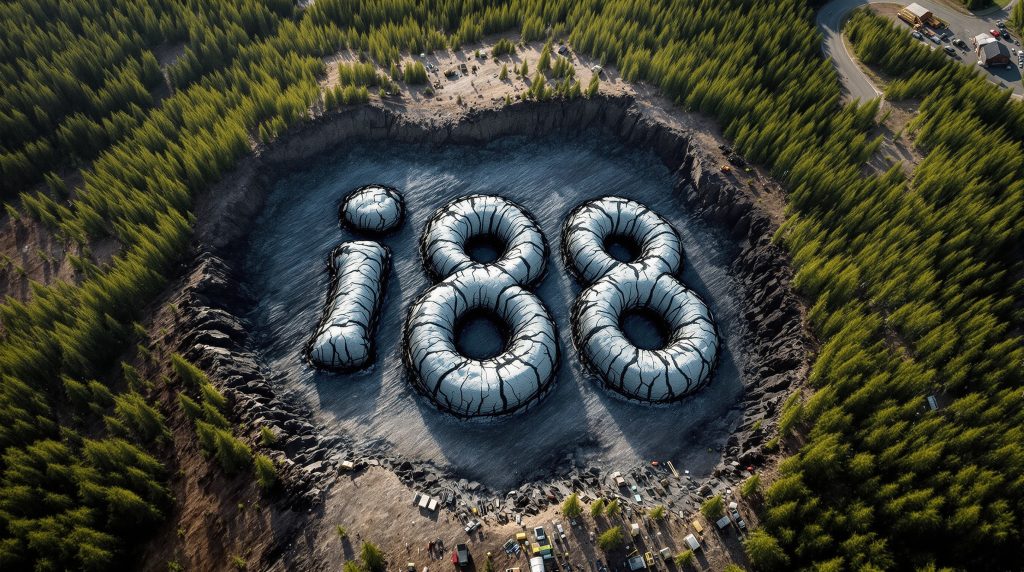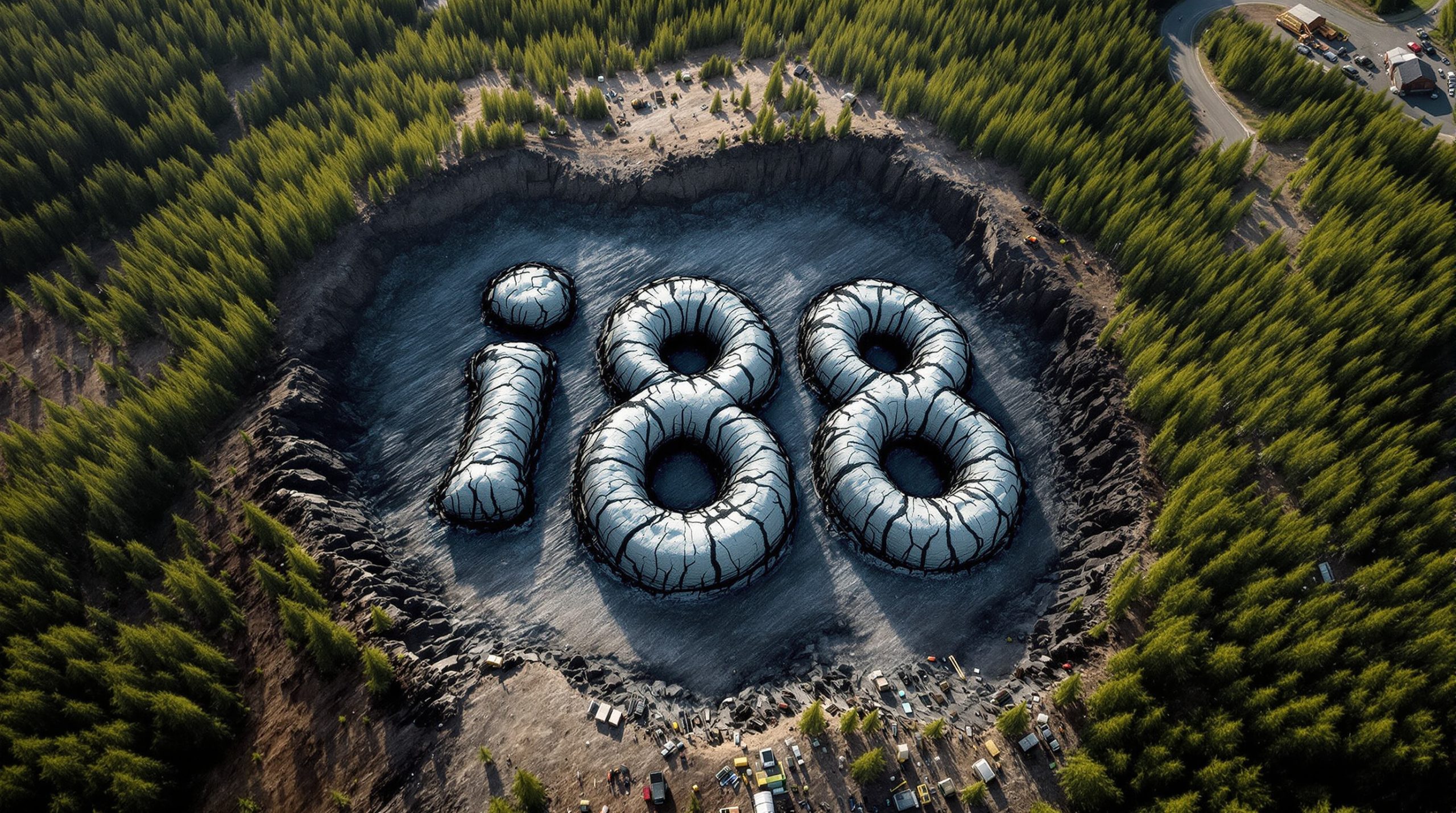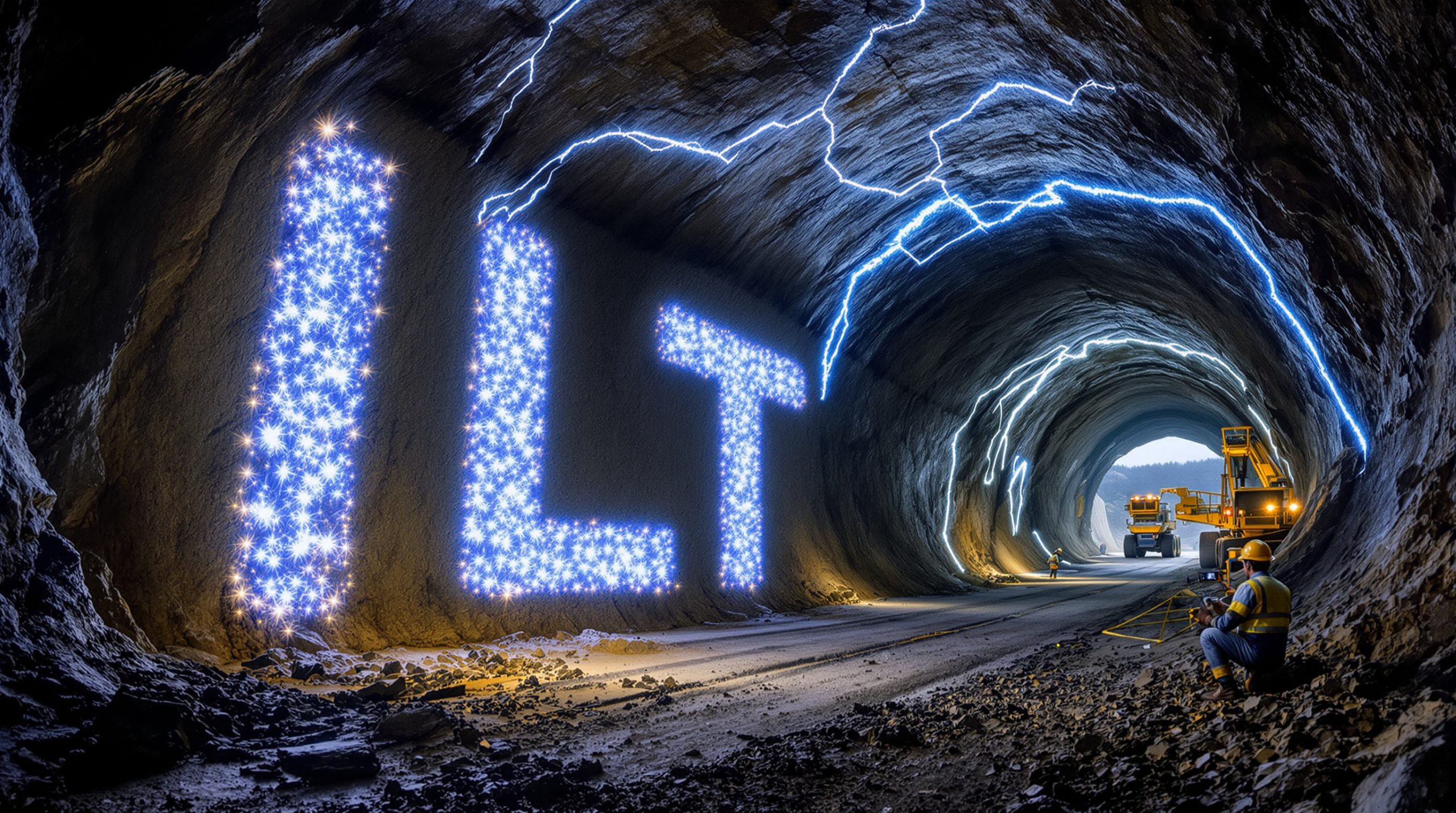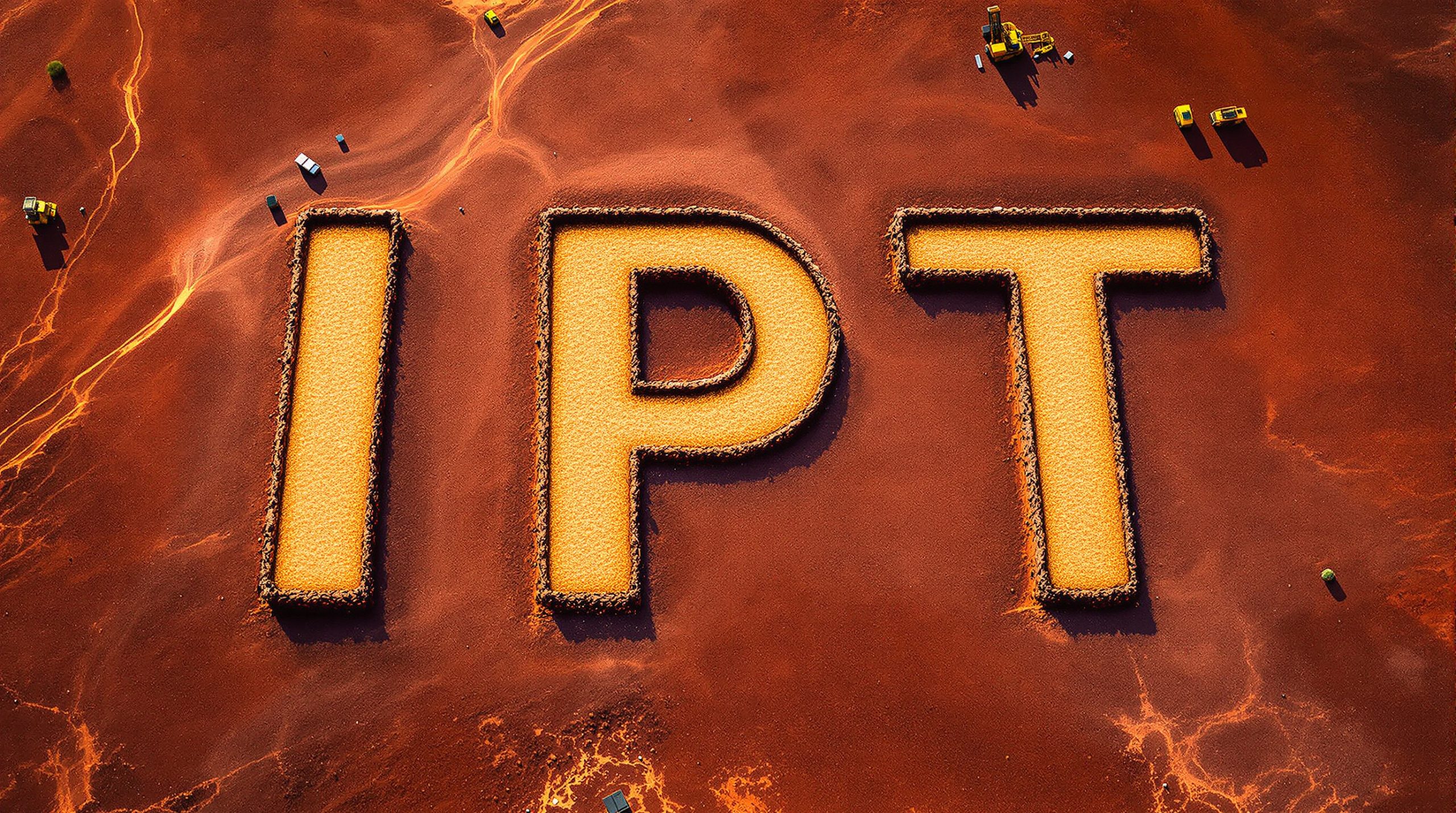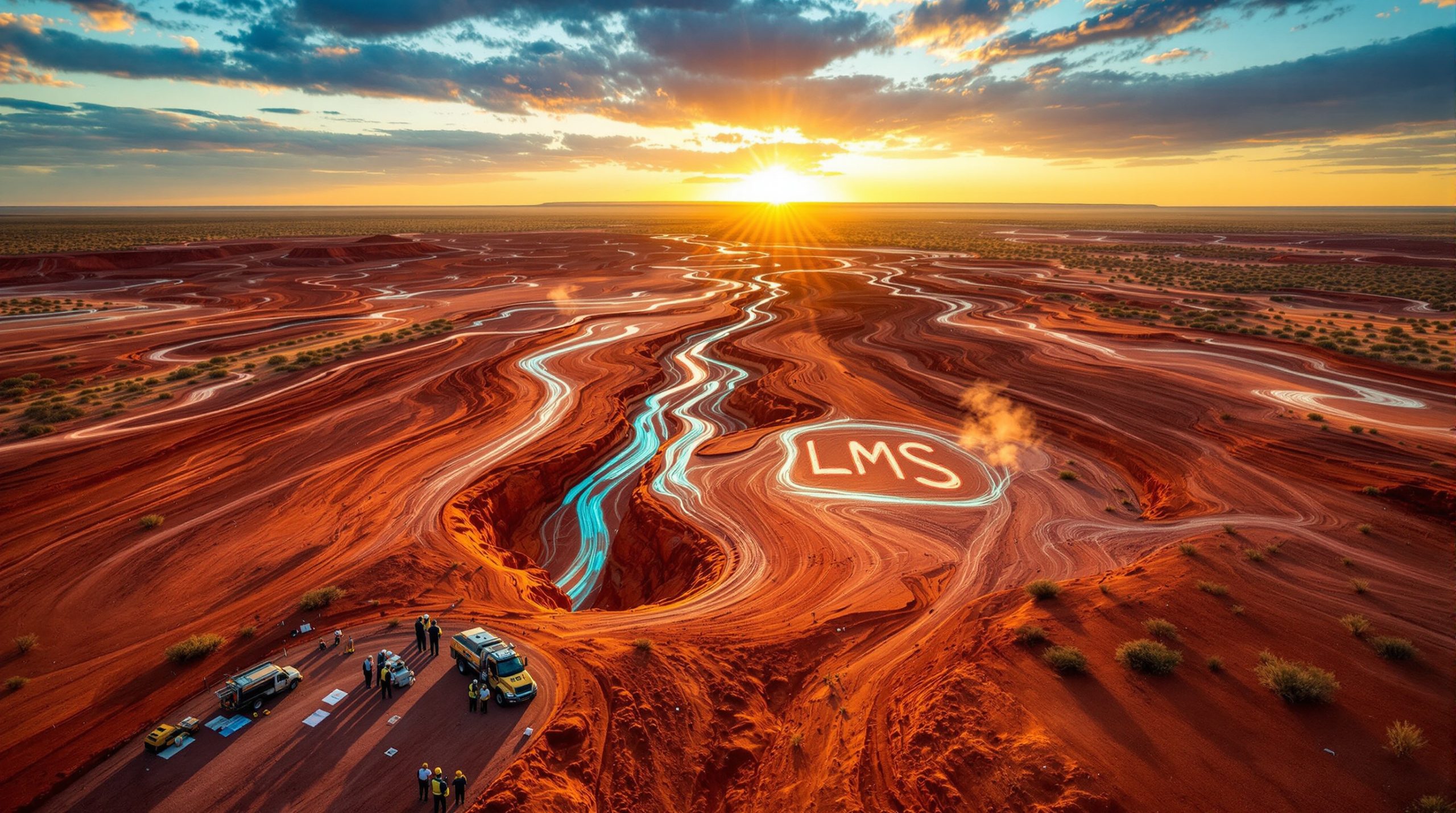Breakthrough Discovery: Uraninite Find Puts Infini Resources on the Uranium Map
Infini Resources (ASX:I88) has announced a significant breakthrough at its Canadian uranium projects, with the discovery of visible uraninite at its Reitenbach Lake property and widespread radiometric anomalism at Reynolds Lake. These early-stage results validate the company's exploration model in the prolific Athabasca Basin region, home to the world's highest-grade uranium deposits.
Uraninite Discovery Signals Major Potential
The standout result from Infini's inaugural field programs is the identification of visible uraninite at Reitenbach Lake. This previously undocumented uranium-bearing outcrop delivered exceptional scintillometer readings of up to 67,540 counts per second (cps) – significantly above background levels. The mineralisation appears to be structurally controlled along fractures, providing clear vectors for future drill targeting.
"The identification of the uraninite showing at Reitenbach Lake is a significant breakthrough and underscores the quality of our Athabasca Basin portfolio," said Rohan Bone, Infini's Chief Executive Officer.
At Reynolds Lake, systematic fieldwork identified 59 radioactive occurrences exceeding 1,000 cps, with peak readings of 9,700 cps. This widespread anomalism, combined with observed hydrothermal alteration (clay, hematite, chlorite, and silica), supports the company's exploration model targeting structurally hosted uranium systems.
Strategic Position in the Athabasca Basin
The 100%-owned Reynolds Lake Project (386 km²) and contiguous Reitenbach Lake Project (291 km²) are strategically positioned on the eastern outboard margin of Saskatchewan's Athabasca Basin, a region synonymous with high-grade uranium deposits.
What makes these properties particularly promising is their geological setting, which includes:
- Multiple EM conductors over 10 km long coincident with radiometric anomalies
- Uranium-in-lake sediment anomalies along key structural corridors
- Presence of the crustal-scale Needle Falls Shear Zone
- Graphitic schists and gneisses – key lithologies known to host unconformity-associated uranium deposits
The geological setting is considered analogous to established uranium systems at Eagle Point and Rabbit Lake, where mineralisation occurs along graphitic shear zones.
Understanding Uranium Exploration Techniques
For investors new to uranium exploration, it's important to understand how early-stage discoveries are made. Field teams use specialised tools called scintillometers to detect radioactivity in rocks – a key indicator of potential uranium mineralisation.
Scintillometer readings (measured in counts per second or cps) indicate the presence of radioactivity but don't precisely determine uranium content. That's why laboratory assays of collected samples are essential to confirm actual uranium concentrations. The high readings at both projects (up to 67,540 cps at Reitenbach and 9,700 cps at Reynolds) are considered highly anomalous and worthy of follow-up.
While visual identification of uraninite (a primary uranium mineral) is significant, laboratory confirmation is still required. Infini has submitted over 900 samples for laboratory analysis, with results expected in Q4 2025.
Systematic Approach to Exploration
Infini's exploration approach follows proven industry methodologies:
- Initial geophysical surveys to identify EM conductors (completed in early 2025)
- Field programs to map geology, collect samples, and validate anomalies (just completed)
- Laboratory analysis to confirm uranium mineralisation (results pending)
- Integration of all data to define drill targets (planned for Q4 2025)
- Drill testing of priority targets (potential program in 2026)
The company collected 921 samples (148 rock and 773 soil) during the field programs, with all samples dispatched to ALS Global Laboratories for comprehensive analysis.
Future Catalysts and Next Steps
Investors should watch for several upcoming catalysts:
- Q4 2025: Receipt of assay results from over 900 soil and rock samples
- Q4 2025: Integration of geochemical results with existing geophysical and structural data
- Q4 2025-Q1 2026: Definition and prioritisation of drill targets
- 2026: Potential maiden drilling program at priority targets
The company is also advancing its broader uranium portfolio, with Phase 2 drilling currently underway at its Portland Creek Uranium Project.
Investment Thesis: Why Infini Resources Deserves Attention
Infini Resources presents an intriguing investment proposition in the uranium exploration sector for several reasons:
-
Strategic Asset Portfolio: 100% ownership of multiple uranium projects in the world's premier uranium district (Athabasca Basin) and an established resource at Des Herbiers (43.95 million pounds U₃O₈)
-
Early-Stage Discovery Potential: The identification of visible uraninite at surface is a significant early indicator of mineralisation potential
-
Uranium Market Fundamentals: Strong uranium price outlook driven by growing nuclear energy demand and supply constraints
-
Experienced Management: Team with track record in uranium exploration and development
-
Systematic Exploration Approach: Methodical program building from geophysics to geochemistry to targeted drilling
The recent uraninite discovery at Infini Resources marks a significant milestone for Infini, potentially representing the first steps toward defining a new uranium discovery in the prolific Athabasca Basin.
Why Investors Should Follow Infini Resources
Infini Resources offers investors exposure to a promising uranium explorer with multiple projects in the world's premier uranium district. The company already holds an established uranium resource at Des Herbiers (43.95 million pounds U₃O₈ inferred resource), providing a solid foundation while exploring high-potential early-stage assets.
The identification of visible uraninite at Reitenbach Lake represents a significant technical breakthrough that validates the company's exploration model. With assay results pending and potential drilling in 2026, Infini is entering an exciting phase of exploration that could drive significant value creation.
For investors seeking exposure to the uranium sector, Infini Resources represents an opportunity to participate in potential discovery upside in one of the world's most prolific uranium regions at a time when nuclear energy is gaining renewed attention as a clean energy solution.
Ready to Capitalise on the Uranium Renaissance?
Discover why Infini Resources (ASX:I88) is emerging as a compelling opportunity in the uranium exploration sector. With significant uraninite discoveries at Reitenbach Lake and widespread anomalism at Reynolds Lake, the company is strategically positioned in Canada's prolific Athabasca Basin. To learn more about Infini's projects and investment potential, visit their website for comprehensive information and stay updated on upcoming catalysts that could drive significant value creation.
